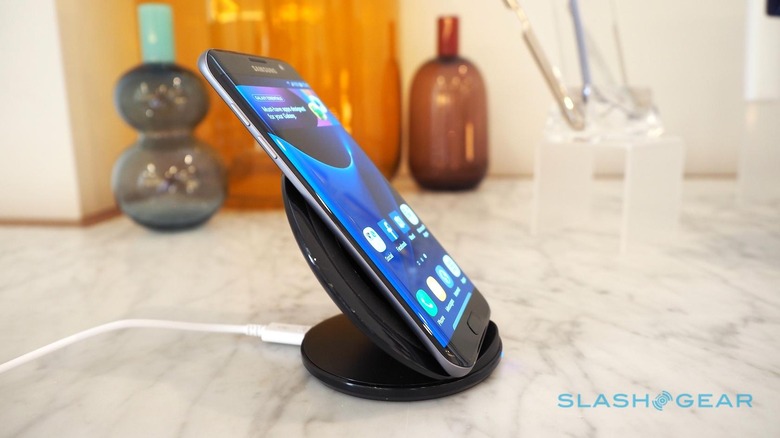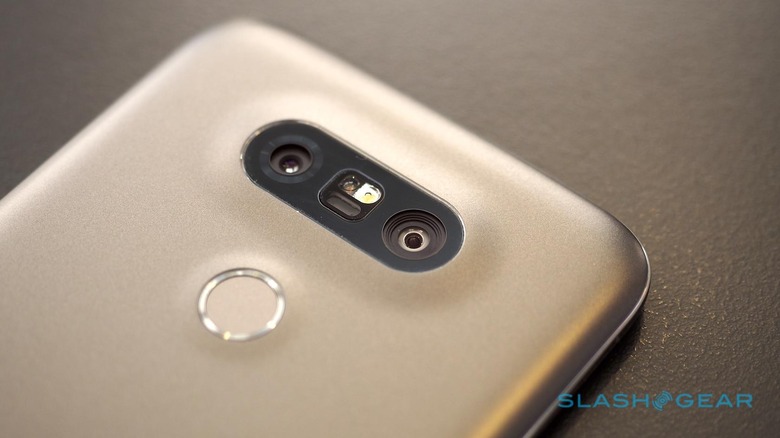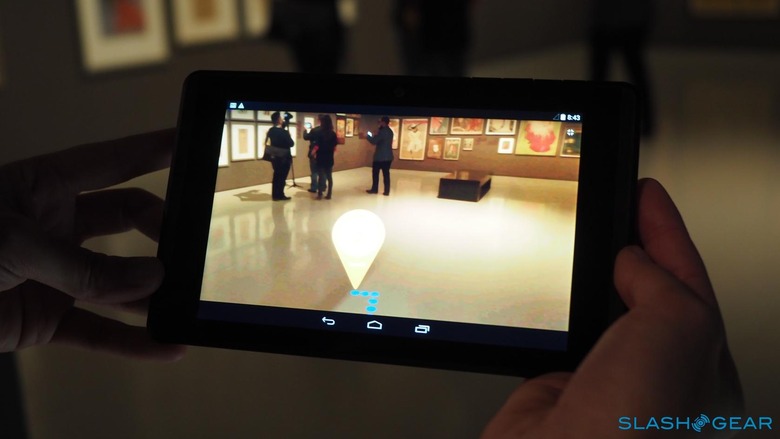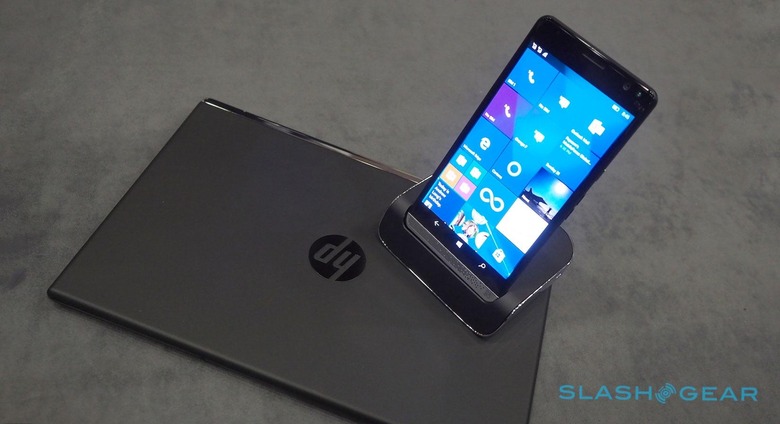Android Superphone: 5 features you're going to want
The age of the do-everything Android smartphone, the Superphone, is upon us. This device is going to have abilities well beyond what we had in mobile devices even a year or two ago – and it'll all stem from our inability to remain satisfied with what's simply good enough. Today we ask: what'll be best for tomorrow? Will we want smaller phones or bigger batteries? Will we want all-in-one phones, or plug-and-play components? Do we need desktop-level processing power, or should we leave that to the desktops?
1. You'll want battery power
With the Samsung Galaxy S7 came a mind-numbing realization – it was thicker than last year's model! Gasp! How dare Samsung commit such a cardinal sin! Apple did that too back with the iPad 3, if you'll remember.
As it turned out with the Galaxy S7, this was done for one, maybe two reasons. The first reason was to keep room for a larger battery.

Phones of the future will continue using lithium-ion batteries until we begin utilizing advanced measures of power retention and/or self-refreshing batteries. If you're the person to invent either of these, by all means, what are you waiting for?
The second reason was – and this isn't official, we're mostly just inferring – that the camera array was too big on the Galaxy S6. With the extra bulk, the Galaxy S7 has a far more slight-looking lump at its back.
2. You're going to want a fantastic camera
The camera, after all, is what makes the phone. In the future – or perhaps right now already – camera quality will be far more important than phone call quality. I can tell you from personal experience that using the call functionality on a smartphone is not the most-used feature on any smartphone I'm aware of – any smartphone used by any friend or family member of mine, that's for sure.

This past year devices like the LG G4 finally caught up to the camera quality Apple's iPhone had been sporting for several generations. Now we have cameras that are more than just OK, they're amazing. They haven't quite caught up with DSLRs yet – partially because physics prohibits it – but they're getting there!
Even if you're nothing more than a photographer only when something absurd is going down – even if you only capture pictures of your desserts – once you've used a really nice camera on a phone, you wont want to go back to something less capable.
3. You wont be able to live without 3D mapping
Wha-wait, what?
What in the world?
Why would you want to be able to map the world in three dimensions?

Because it's awesome, that's why. The capabilities we consider under the 3D mapping umbrella include more than just recording 3D spaces for virtual reality exploration, they include the ability to locate items in your environment – see through walls – set a whole separate dimension of reality right over the top of the one you literally exist in right now.
Above you'll get an idea of what it'll mean for a person exploring a museum using a Project Tango device.
Below you'll see an extended demo video showing some of the more interesting applications of Project Tango technology.
Read how Lenovo and Project Tango will reinvent your smartphone to fully comprehend how amazing this next-generation set of features is going to be.
4. You'll be all about switching phone bodies and parts
Whether it be switching the parts that work with your smartphone's central body or switching out the body of your phone to affect how it feels as much as how it looks, we'll be working with modular bits and pieces very soon. It may not take the form of Project ATAP by Google so much as it'll infect our expectations with releases like the LG G5.
Above you'll see some of the different "Friends" the LG G5 works with, all of which will be released to the public later this year.
5. You're going to wish you had a laptop
We've seen Microsoft's Windows 10 Continuum functionality. We've seen what some of the first Continuum-friendly devices are capable of. It's interesting. Don't leave your laptop behind just yet.

See the HP Elite x3 to witness the first 3rd-party OEM to assume they've got this whole desktop-via-smartphone setup ready to roll.
What Microsoft's Continuum isn't is a replacement for your our desktop computer. Tablets have made big headway into the "work" portion of our lives. Devices like Microsoft Surface are essentially a different form factor for the same sort of devices we already have for work – laptops, notebooks, whatever you want to call them.
But until we're at a point at which manufacturers are serious enough about creating hardware that can compete with notebook computers while accessing the brains of a smartphone for plug-and-play functionality, we'll be keeping our separate machines.
